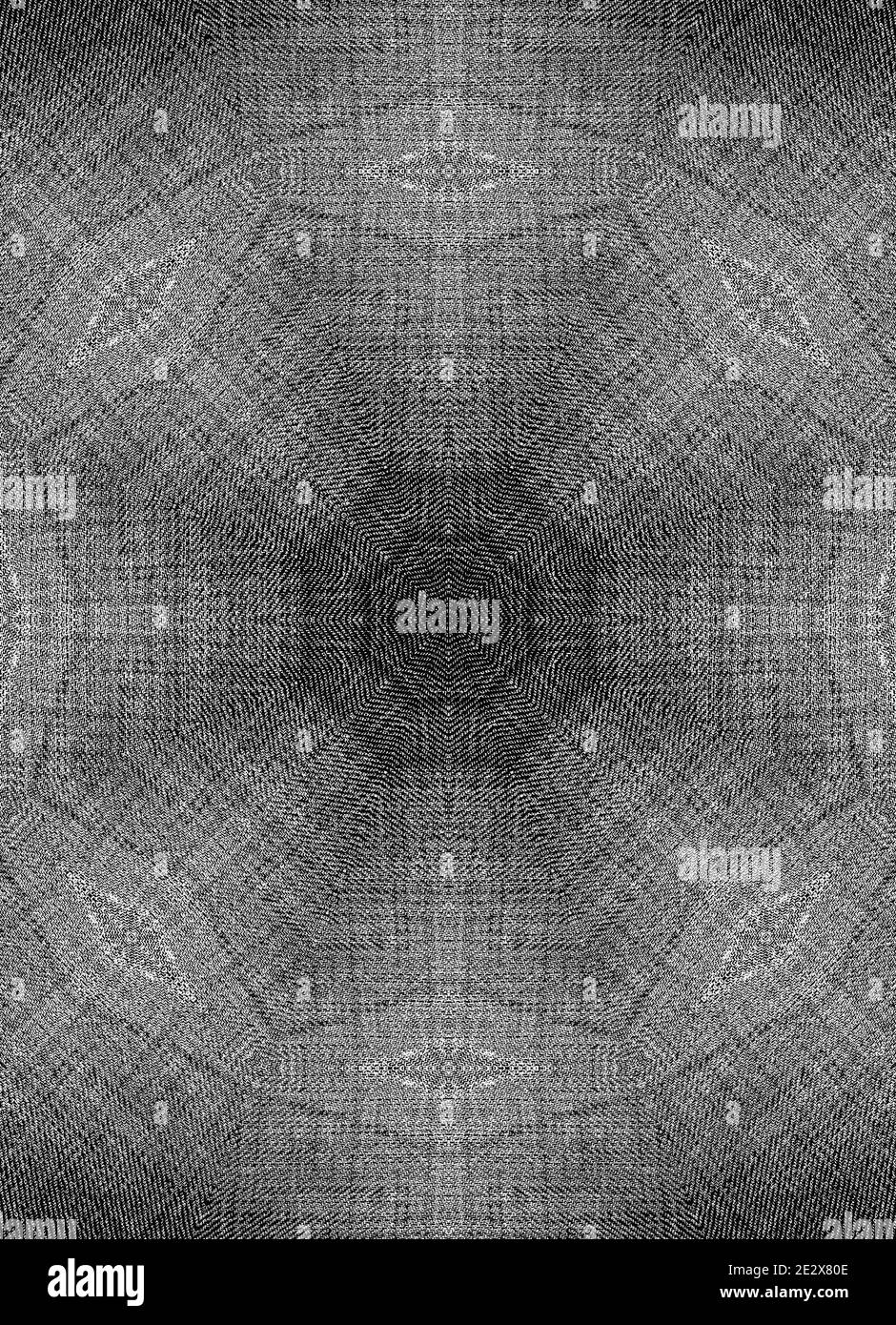Meet the All-Purpose Jeans that are Reinventing Denim After Nearly 200 Years
Table Of Content

Without getting too technical, we’ve rounded up the best denim brands to keep on your radar. Be sure to bookmark this page and add these labels to your fashion vocabulary before your next shopping rendezvous. E.L.V. Denim transforms old discarded denim into modern, sophisticated, and even made-to-measure jean jackets, pants, and accessories. Responsible fashion pioneer and leader People Tree is a seriously ethical brand and one of our favourites. The brand uses eco-friendly materials and addresses labour risks by adopting the Fairtrade International – Small Producers Organisations Code of Conduct.
Good American

From high water usage, sludge-ridden rivers, and serious labour concerns, denim costs can be pretty hefty. There are denim brands, both big and small, that are committed to people and the planet. First up from North America, we’re highlighting unspun (US)—a brand seriously committed to producing denim of the highest quality. Further down, from Oceania, check out some baggy, affordable must-haves from Afends (AU). Finally, for our readers who prefer menswear, ASKET (Sweden) makes some sweet styles for everyday wear that are good for the planet too.
People Tree
From cost breakdowns to factory audits, Everlane prioritizes being open and honest with its customers. The label has also become a go-to for jeans created using renewable energy and air-drying techniques that cut down on CO2 emissions. Our editors curate highly rated brands that are first assessed by our rigorous ratings system. Buying through our links may earn us a commission—supporting the work we do. We’re an online magazine dedicated to covering the best in international product design.
Outland Denim
The brand’s off-white is the ultimate in denim purity with no dyes, washes, chemicals, or toxins. Triarchy’s production system uses 85% recycled water by consistently reusing the “thick indigo laden sludge” that unmonitored factories dump into water systems. The young people who fought the Vietnam War and those who protested against it were members of the same generation, and they’d all grown up wearing blue jeans.
Publicity photos of actresses like Ginger Rogers and Carole Lombard wearing jeans helped convince women that the style was for them too. In the 1930s, Vogue gave their seal of approval, calling jeans “Western chic”. In 1942, the American designer Claire McCardell sold more than 75,000 of her denim Popover wrap dress.
The Ultimate Guide to More Sustainable Jeans and Ethical Denim
The evolution of the most famous jeans in history - La Vanguardia
The evolution of the most famous jeans in history.
Posted: Mon, 22 Apr 2024 18:20:00 GMT [source]
This allows for a full range of motion without sacrificing the classic denim look. Whether you’re lunging at the gym or negotiating a deal at the office, these jeans are designed to move with you. But functionality isn’t the only focus – The Standard Issue Denim 001 comes in a classic, clean silhouette, free from excessive embellishments.
Featured Posts
With sizes ranging from 00 to 32, Good American has prioritized creating jeans with nearly every body shape in mind since Khloe Kardashian and Emma Grede launched the brand. Good American also believes that finding comfortable, figure-flattering jeans shouldn’t be difficult; it should be the norm. And while denim is core to the brand, the label has expanded with sportswear, swim, and shoes.
But by the latter part of the 19th century, blue jeans were poised to become a core product of American mass manufacturing as they rolled out of the same factories operated by the working-class people who wore them. Kowtow designs elegant and timeless womenswear, using organic, fair trade cotton, as well as non-toxic dyes. This a-line panelled skirt features contrast topstitch detailing, made from mid-weight organic cotton denim. This staple piece doubles as a statement, elevating any outfit you pair it with. But before you found the one, you likely had to sort through the many denim brands on the market and engage in a try-on-and-error journey.
When Blue Jeans Got a Bad Name
By the beginning of the new decade, hippies were wearing jeans so old that they often required elaborate patchwork. Wearing tattered jeans became a rite of passage that would be handed down through subsequent generations, with the “distressed” look often reproduced for retail. By the late 1970s and early 1980s high fashion began to take an interest too. Fiorucci’s Buffalo 70 jeans were skin-tight, dark, expensive and hard to purchase – in other words, the exact opposite of the faded bell-bottoms preferred by the younger crowd. MUD Jeans are available in a range of sizes, usually from W25 L30-W33 L32 for women and W28 L34-W36 L34 for men.
The Catrina mini denim skirt is a classic warm weather wardrobe essential. The copper rivets used to reinforce the pockets were appreciated by miners and other labourers, who complained about frequent pocket rips. Strauss and Davis initially made jeans in two types of fabric, brown duck and blue denim, but the creation of the denim 501 style in 1890 helped the latter fabric take off.
Jeans continue to be indigo-dyed, and are then woven either on a shuttle loom or a projectile loom, creating a sturdier or more delicate result respectively. Like every other denim innovation, stonewashing has enjoyed occasional resurgences. During the Civil Rights demonstrations of the 1960s, civil rights workers often wore jeans, overalls and denim barn jackets to express their solidarity with the working poor African Americans they sought to organize.
Comments
Post a Comment